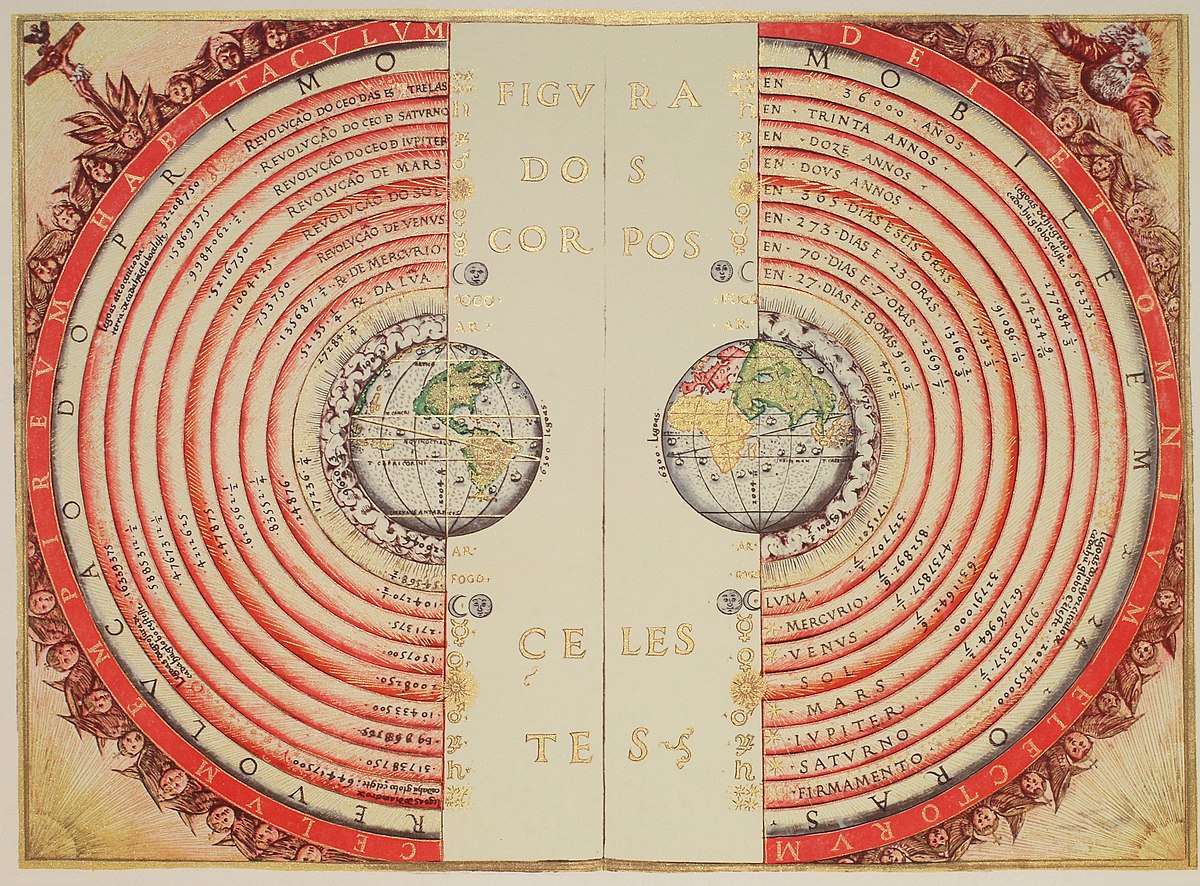Common sense, and direct observation, tells us that the Earth is flat, that the sun (like the moon) rotates around the Earth and that forces don’t operate at a distance.
- Barry JonesSeeing is apparently not believing when it comes to heliocentrism. The only evidence most of us have seen ourselves actually supports geocentrism. I mean you actually can sit outside on a sunny day and watch the Sun move (slowly) across our sky! And on calm days there is no evidence of wind to indicate we're moving (like one experiences in a car with the windows down). A ball thrown straight up in the air lands back at its source. Sunbathers stand up occasionally and move their chairs to adjust to the movement of the sun across our sky. People sitting in the shade sometimes have to move to stay in the shade. Our direct experience tells us that the Earth is stationary and the Sun, Moon, stars and planets are moving around us.
To believe in heliocentrism is to suggest that our direct experience and basic intuitions about how the world works is an illusion. Moreover, geocentrism is a valid reference frame to describe the movement of the Sun across the daytime sky (sunrise and sunset), and geocentric star charts can help us locate stars in the night sky.
And unless we want to travel to another planet in our solar system, most of us will never need a heliocentric model (much less a galactic coordinate system to talk about the motion of galaxies). If you think about it, even a Flat Earth theory is sometimes a valid reference frame - for building houses for example.
 |
| Ptolemaic model by Bartolomeu Velho, Public Domain. |
No comments:
Post a Comment